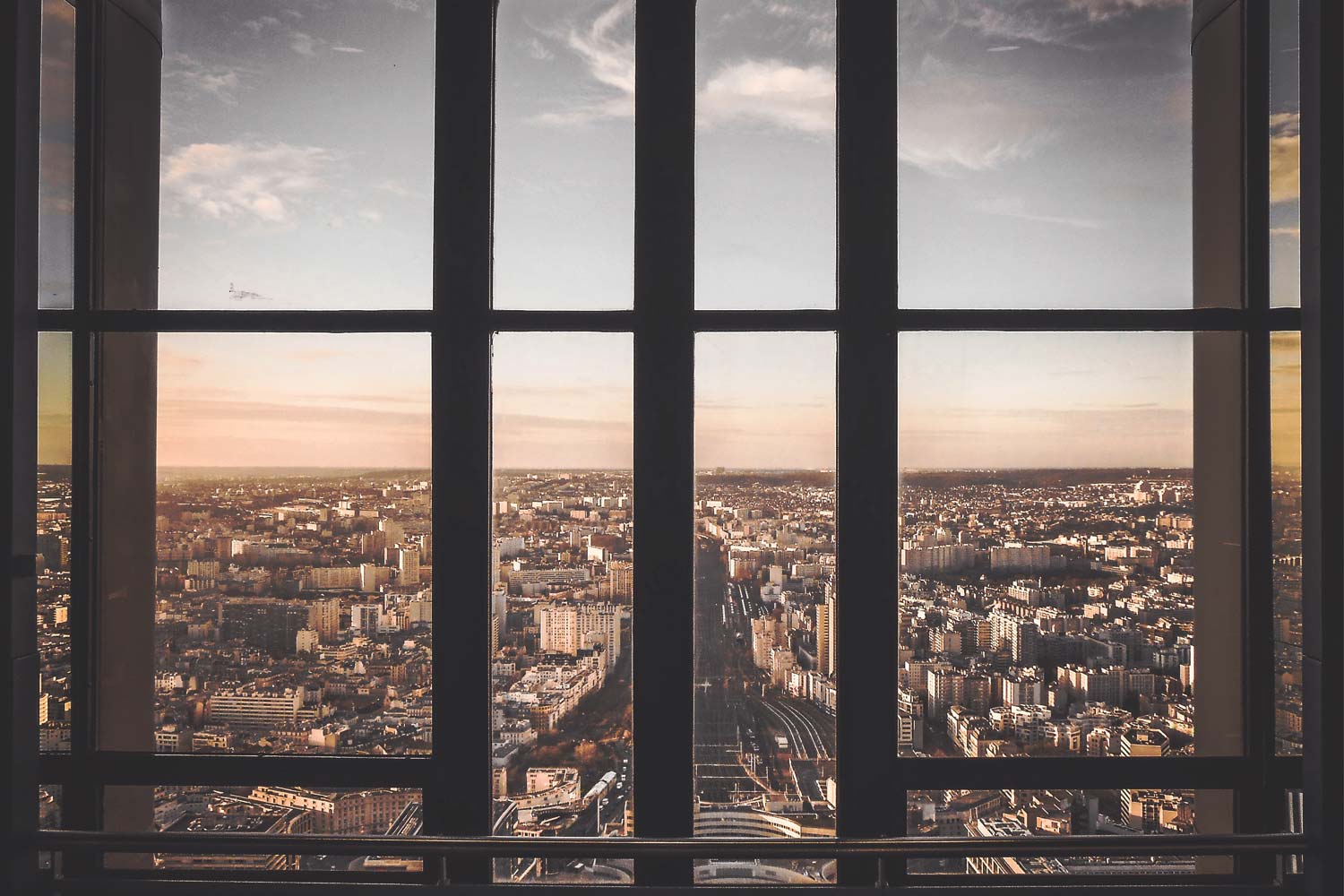We believe that when art is honest, creative, and courageous, it offers a vital, often prophetic lens into both the beauty and the brokenness in the surrounding culture. Here, Brittany Deininger, a second-year MA in Theology & Culture student, writes about the way that poetry speaks truth and beauty in a world that desperately needs it, and how it intersects with her other passions and curiosities.
There is no known culture that does not have poetry. It is that ancient art which blurs music and language. As a poet, I have long been captivated by the power of poetry’s paradoxes. The art form offers us cohesion through fragmentation, universality through particularity, transcendence through the ordinary, and greater embodiment through symbol and word. As I think about my own intersections where my passions, curiosities, and studies have lead me, I can’t help but visualize a long and winding river with many tributaries making their way to the ocean where they mix and become one gorgeously salted and heaving thing. One tributary is writing and poetry, one is imagination and creativity, one is theology and how we make meaning, and one is psychology and the art of healing.
Poets have often dwelled in the depths and gravitated toward disciplines that hinge on keen observation whether it be of the natural world, the human mind, or the numinous mystery of the divine. Their root commonality is the drive to pay attention to what lies beyond and to be shaped by that tending. I am in my final year at The Seattle School earning a Master of Arts in Theology & Culture, which focuses on theology, imagination, and the arts. All that to say, I am in heaven. My studies have focused my interest in the way that language shapes our meaning making, and I am convinced that poetry is a robust resource for helping us participate in our own survival, healing and, becoming.
One of my favorite poems, “Allegro” illustrates the concept of this role of poetry, music, and the arts. An accomplished pianist, poet, and psychologist from Sweden, Tomas Tranströmer uses this poem and the music of Haydn to talk about the way the arts and poetry bring us back to life, disrupt power, change what we anticipate will come next, give more freedom in moments of constraint, and keep whole that which should fragment under such conditions.
Allegro¹
After a black day, I play Haydn,
and feel a little warmth in my hands.
The keys are ready. Kind hammers fall.
The sound is spirited, green, and full of silence.
The sound says that freedom exists
and someone pays no tax to Caesar.
I shove my hands in my haydnpockets
and act like a man who is calm about it all.
I raise my haydnflag. The signal is:
“We do not surrender. But want peace.”
The music is a house of glass standing on a slope;
rocks are flying, rocks are rolling.
The rocks roll straight through the house
but every pane of glass is still whole.
From the opening line to its last the poem surprises the reader with unexpected wholeness and life springing up amidst the proverbial “black day” that looms large in the human experience. By creating an internal vocabulary within the poem with words like “haydnpockets” and “haydnflag” it is as if, after the music enters the scene, everything that once was ordinary is dipped and transfigured by the music itself. One of the lovely tensions that Tranströmer creates is in his transcription of the sound of the music. After hearing “spirited, green, and full of silence,” we don’t so much hear the sound but feel its impact on the body. It is the sound of coming back to life; hopefully one that the reader’s body remembers and understands. That sound, or rather the feeling and meaning of the sound, also carries the reader to a state of freedom which climaxes so beautifully in the line, “someone pays no tax to Caesar.” As the image of the white flag of surrender appears, Tranströmer again inverts our expectation of what will come next. Lest we think this is a gesture of surrender we are informed that this is the signal for, “we do not surrender. But want peace.” In this line we hear the words that the soul might be saying in the very act of making art. The playing of the music, the turning to the poetic line is simultaneously the soul’s refusal to surrender and a signal of its desire for peace.
In the final images the music becomes a glass house, seemingly the most fragile of habitations, but when the proverbial rocks come flying through the glass house, it is the art that presents the opposite of the shattering we anticipate. There is wholeness that remains, and the seemingly fragile place to reside becomes a symbol for life and resiliency. In thinking about this poem in a context of considerable social political upheaval and anxiety, I wonder what will be your glass house, your music, your poetry that you can crawl into and the thing that against the odds will remain whole when rocks are flying. As I envision Tranströmer at the piano, his wrinkled and veined hands playing something to his soul after a difficult day or an unbearable story, I am reminded that poets are also a dangerous lot to power and empire in that truth-telling, wholeness, and healing are subversive acts of resistance. Here at the outset of a new year, I wish you a good measure of resilience and renewal, but also revolution and rebirth.
¹ Tomas Tranströmer, “Allegro,” in Tomas Tranströmer Selected Poems, edited by Robert Hass, translated by Robert Bly (Hopewell, New Jersey: The Ecco Press, 1987), 60.

